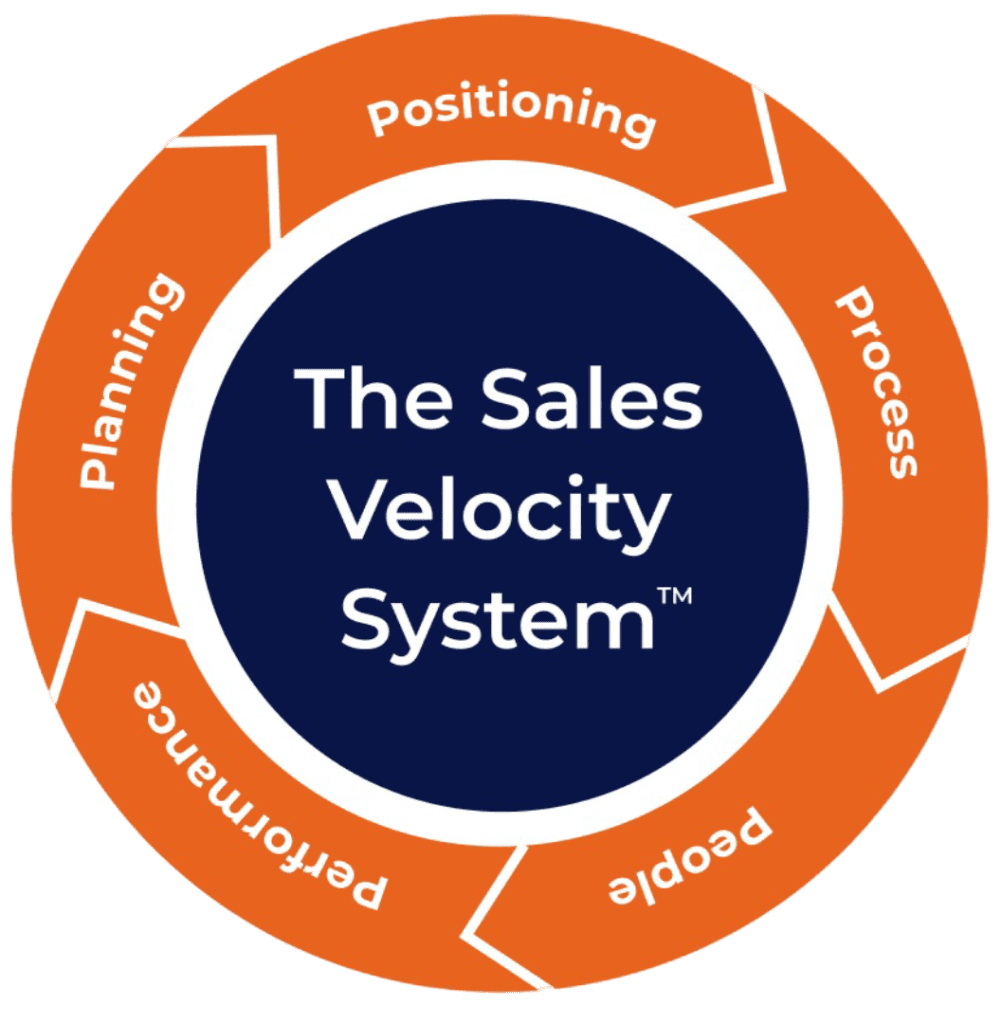Dashboards don’t fix sales. Systems do.
Performance only works when the data connects to behaviour and behaviour connects to rhythm. The numbers aren’t there to impress leadership – they’re there to drive the next action.
It’s embedded in weekly meetings, not saved for quarterly reviews. Real accountability happens in short, consistent cycles where progress is visible and course corrections are fast.
It drives coaching and accountability, not just reporting. Managers stop asking for updates and start asking the right questions: “Why did this number change?” and “What will we do about it?”
It evolves with the market instead of sitting static in Excel. When buyer behaviour shifts or strategy adjusts, the performance system adapts instantly, keeping the team aligned.
A spreadsheet can tell you what happened. A system tells you what to do next. And when that system becomes habit, performance stops being a task – it becomes culture.








